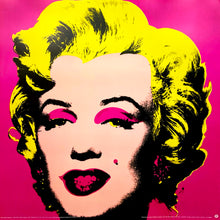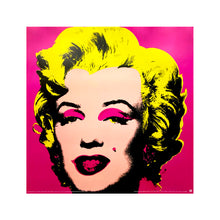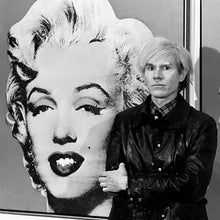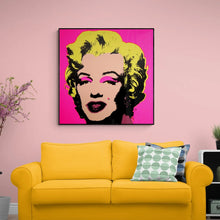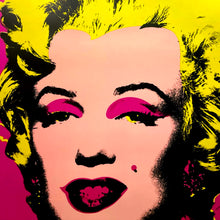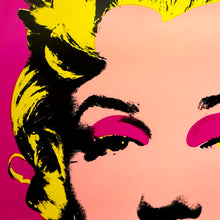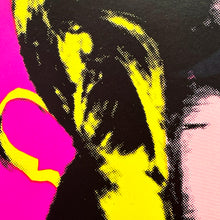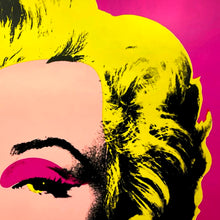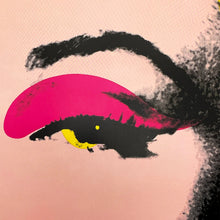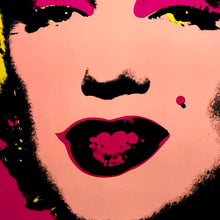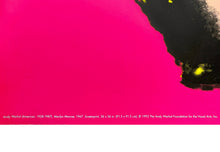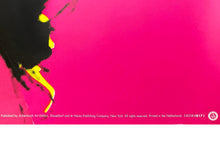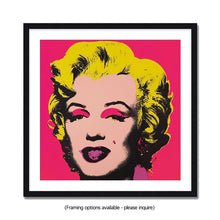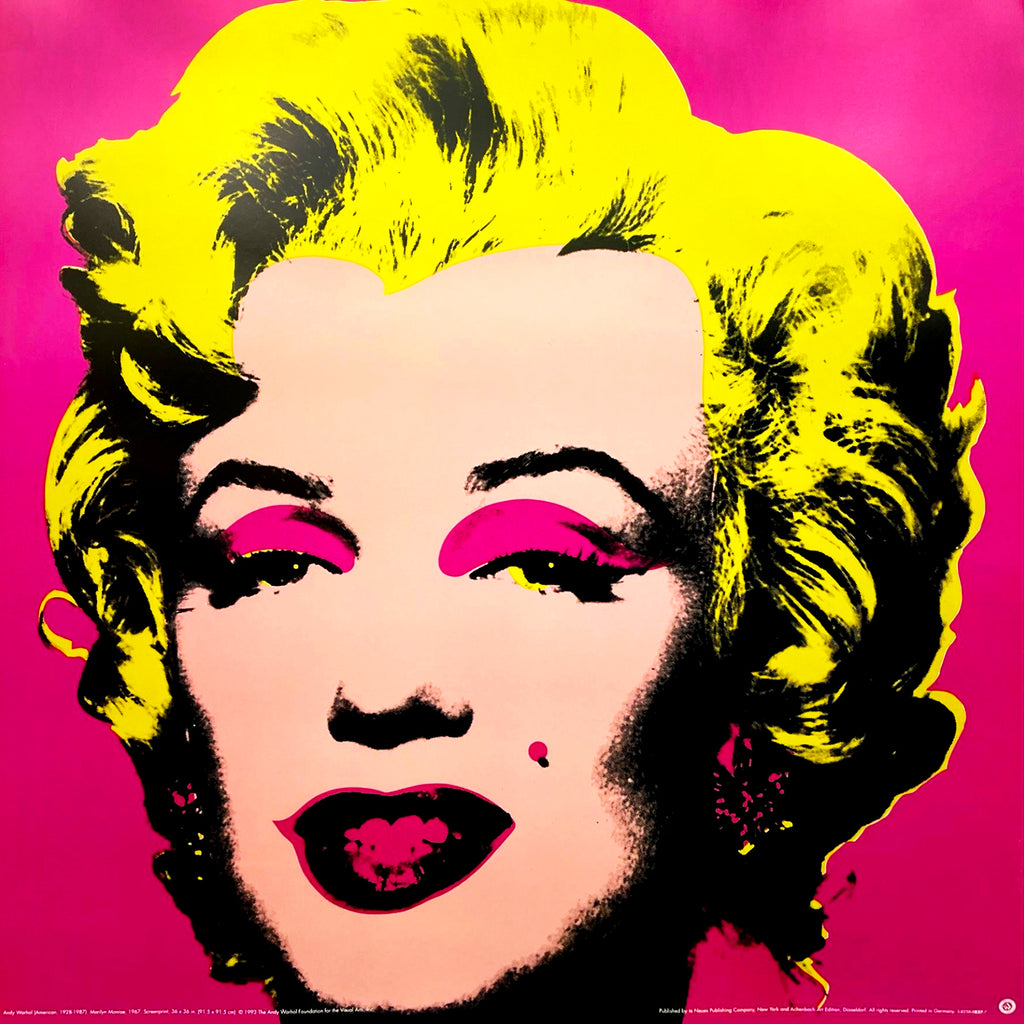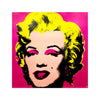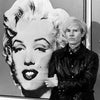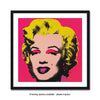'Marilyn Monroe' by Andy Warhol (after), 1993
Based on Warhol's original, iconic artwork from 1967.
Officially licensed by the Andy Warhol Foundation for the Visual Arts, Inc.
Legendary pink colorway.
25.6 x 25.6 Inches
65 x 65 Centimeters
Large, offset lithograph print on thick, glossy satin fine art paper.
Limited Edition of 2500 (Sold Out).
Published by The Neues Publishing Company, New York.
Includes official seal on bottom right corner.
Publishing details printed along bottom.
*Note: Very good original condition, especially considering the age and medium of print.
ABOUT THE ART
In 1967, Andy Warhol (1928-1987) established a print-publishing business, Factory Additions, through which he published a series of screenprint portfolios on his signature subjects. 'Marilyn Monroe' was the first one. He used the same publicity still of the actress that he had previously used for dozens of paintings. Each image here was printed from five screens: one that carried the photographic image and four for different areas of color, sometimes printed off-register. About repetitions Warhol said, “The more you look at the same exact thing, the more the meaning goes away, and the better and emptier you feel."
Printmaking, and in particular screenprinting, was the basic medium for Andy Warhol's celebrated work on canvas and paper. While a prize-winning commercial artist in the 1950s, he devised a printing process of blotting outline drawings in ink from one surface to another. In a whimsical book of fashionable shoe styles, done at the time he was head of advertising at a shoe company, his blotted drawings were reproduced and then hand-colored by a team of friends.
Although Warhol adopted a bland, detached persona, he was an extremely energetic artist and self-promoter who played a significant role in redirecting the course of art. Rather than deriving his work from subjective personal feelings or idealist visions for abstraction, Warhol embraced popular culture and commercial processes. He eventually set up his own print-publishing company called Factory Additions, issuing portfolios of his signature themes. For 'Marilyn', he created ten highly variable portraits, exploiting the possibilities in screenprinting for shifting colors and off-register effects. By celebrating the seemingly impervious veneer of glamour and fame, but acknowledging its darker inner complexity, these prints reveal Warhol's subtle grasp of American culture.
Warhol did not participate in the collaborative printshop system established in America in the 1960s, but his work contributed decisively to what has been characterized as a "print boom" at that time. Through the course of his career, he made nearly eight hundred printed images on paper, about half published in traditional editions. He was also a surprisingly experimental printmaker, issuing hundreds of trial proofs and unique variants.















